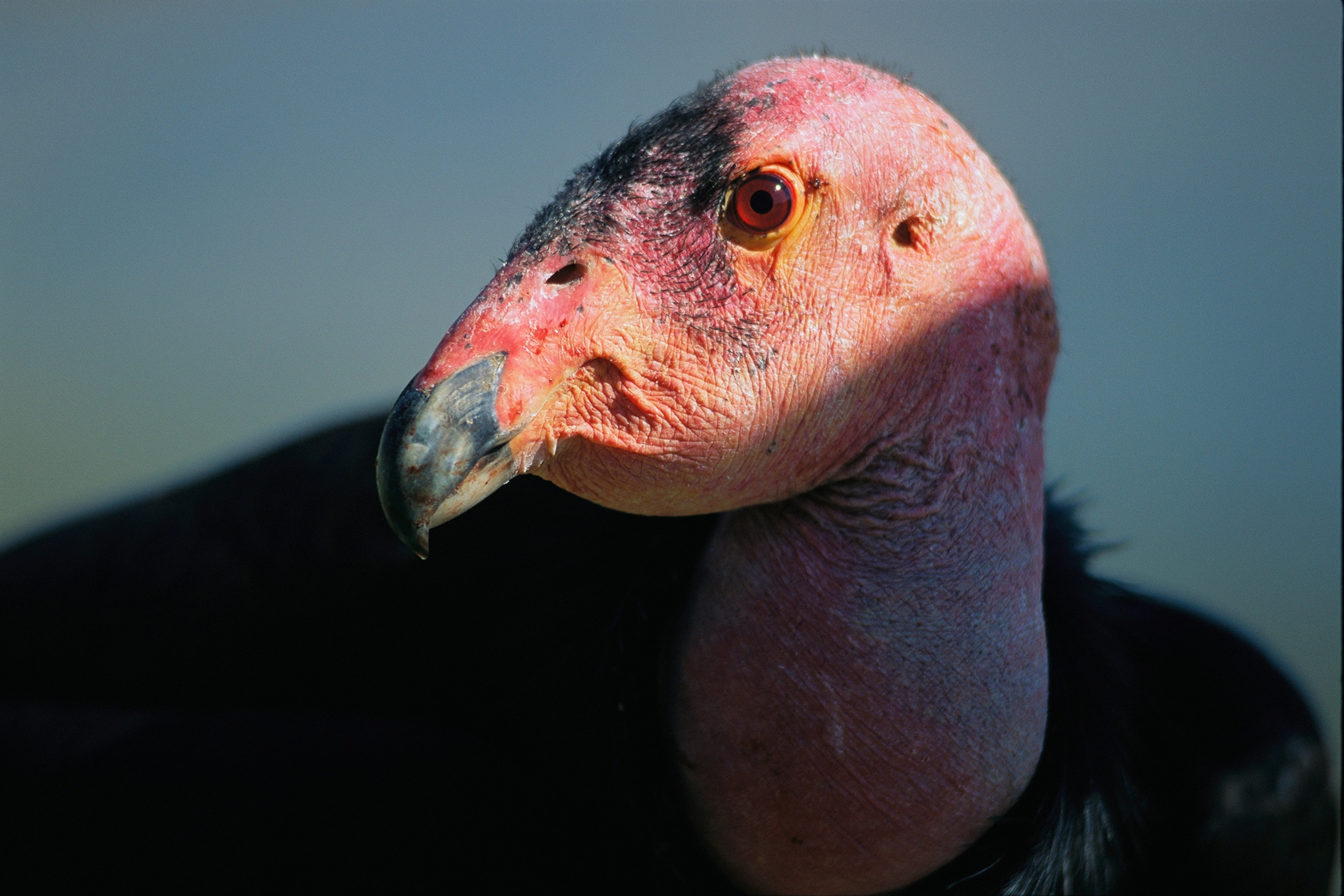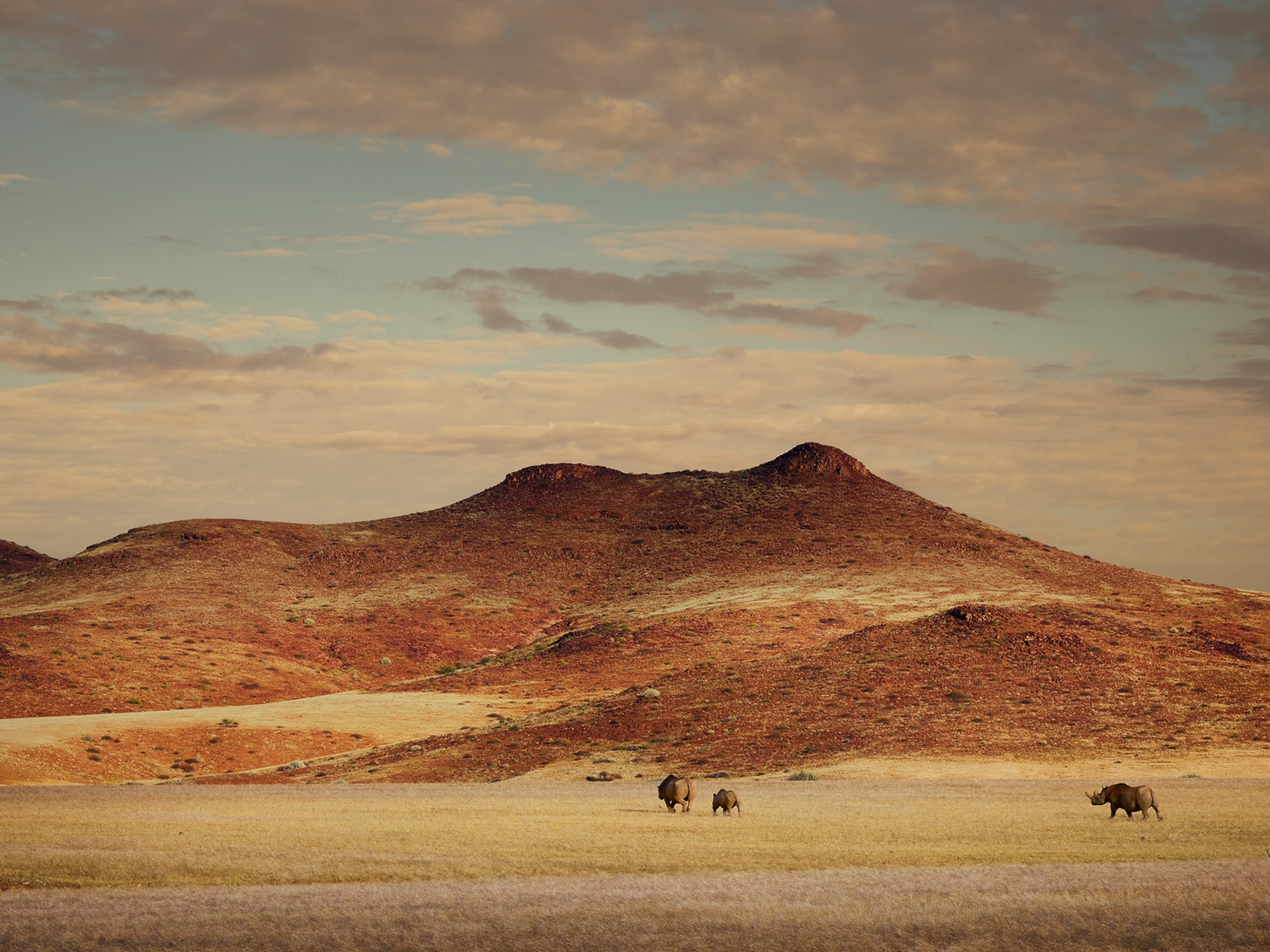Extinction is a natural phenomenon: After all, more than 90 percent of all organisms that have ever lived on Earth aren’t alive today.
But humans have made it worse, accelerating natural extinction rates due to our role in habitat loss, climate change, invasive species, disease, overfishing, and hunting.
“We’re losing whole suites of species that have distinct ecological roles to play,” says Stuart Pimm, Professor of Conservation at Duke University. For instance, top predators such as sea otters and sharks have dwindled, throwing their ecosystems off-kilter.
Dozens of new species go extinct every day, and scientists say that more than 20,000 plants and animals are on the brink of disappearing forever. A quarter of known mammal species is at risk of extinction.
The main body that tracks species decline is the International Union for the Conservation of Nature. The organization evaluates species in the wild, and, along with data from a variety of sources, categorizes their vulnerability on its Red List of Threatened Species.
Here are some terms and concepts that biologists use when talking about extinction.
Critically endangered
These animals are facing a high probability of extinction. These species include the Sumatran rhinoceros and the Sumatran orangutan, whose habitat is being destroyed by logging and agriculture.
Extinct in the wild
These are species that no longer live in their native range, and exist only in captive environments such as zoos or breeding centers. In 1987, the 27 California condors left in the world were taken into captivity, making them extinct in the wild.

The Guam rail, a small, flightless bird, was nearly driven to extinction by the invasive brown tree snake, which was accidentally brought to the island by the U.S. military. The rails now live only in captive environments, including the National Aviary in Pittsburgh.
Locally extinct
This isn’t an IUCN category, but a term meaning an animal is gone from part of its native range. Grizzly bears are locally extinct in California, but still live in the wild in other areas.

The American pika, a cold-loving relative of rabbits, is often erroneously reported to be moving to higher locations as the climate warms. It's true that the species is locally extinct—also referred to as extirpated—in some areas within the Great Basin Mountains of the western U.S, but a 2018 study in the journal Arctic, Antarctic and Alpine Research found that pikas are adaptable, and still persist throughout the region.
“Pikas can be highly resilient, and continue to surprise us by their occupancy at hot, low-elevation sites,” Andrew Smith, co-chair of the IUCN Lagomorph Specialist Group, says via email. This species is listed as "of least concern" on the IUCN Red List.
In New England, less snowy winters are allowing a species of tick to live longer, which is in turn killing off the region's moose. With their skinny necks, emaciated bodies, and big, hairless splotches, these "ghost moose" look like the walking dead as they stumble through the forest.

Functionally extinct
This term means there are too few members of a species to perform its function in the ecosystem, says Steve Beissinger, a professor of conservation biology at the University of California, Berkeley.
For instance, American chestnut trees were once widespread throughout North America, but a fungus killed 3.5 billion of them in the early 20th century. A few trees survived, making the species functionally extinct.
Extinct
This IUCN category means a species is “globally extinct,” or “gone everywhere,” Beissinger says, a determination made after time and exhaustive searches in their habitat.
Hunting and habitat loss likely wiped out the colorful Carolina parakeet, which was once abundant in the U.S. and is now officially extinct. These birds were especially vulnerable since they didn’t flee gunfire, but stayed with their wounded comrades, according to the Cornell Lab of Ornithology.
Extinct species rediscovered
Sometimes animals thought to be extinct emerge alive, often thanks to targeted surveys in remote habitats.
These so-called “Lazurus species” usually haven’t been seen in decades in their normal ranges, but may turn up in an unexpected place or just be hard to detect due to low populations.
In 2010, Conservation International and the IUCN's Amphibian Specialist Group launched an effort to seek out 10 extinct amphibian species of high scientific and aesthetic value. The search did rediscover a few species, including the Hula painted frog.
Sometimes species are endangered even as they’re discovered.
The Manduriacu glass frog of the Ecuadorian Andes was newly discovered in mining area, so its survival is already dubious.






